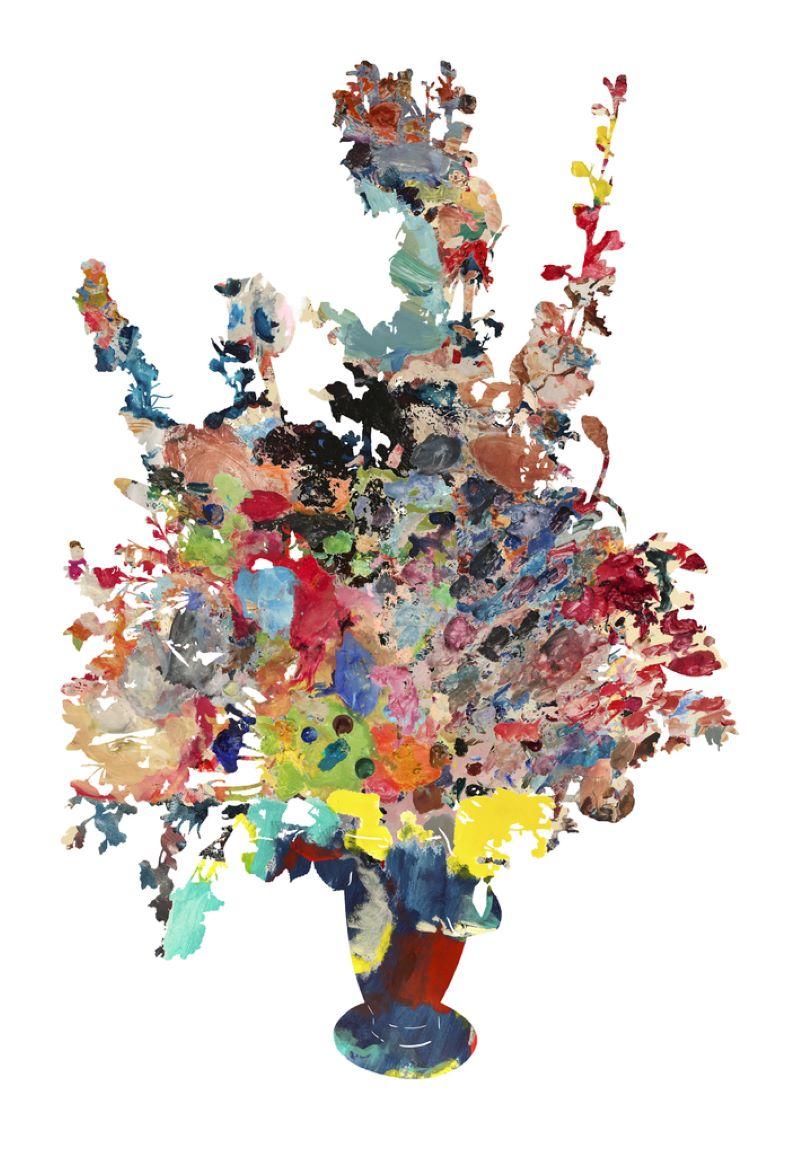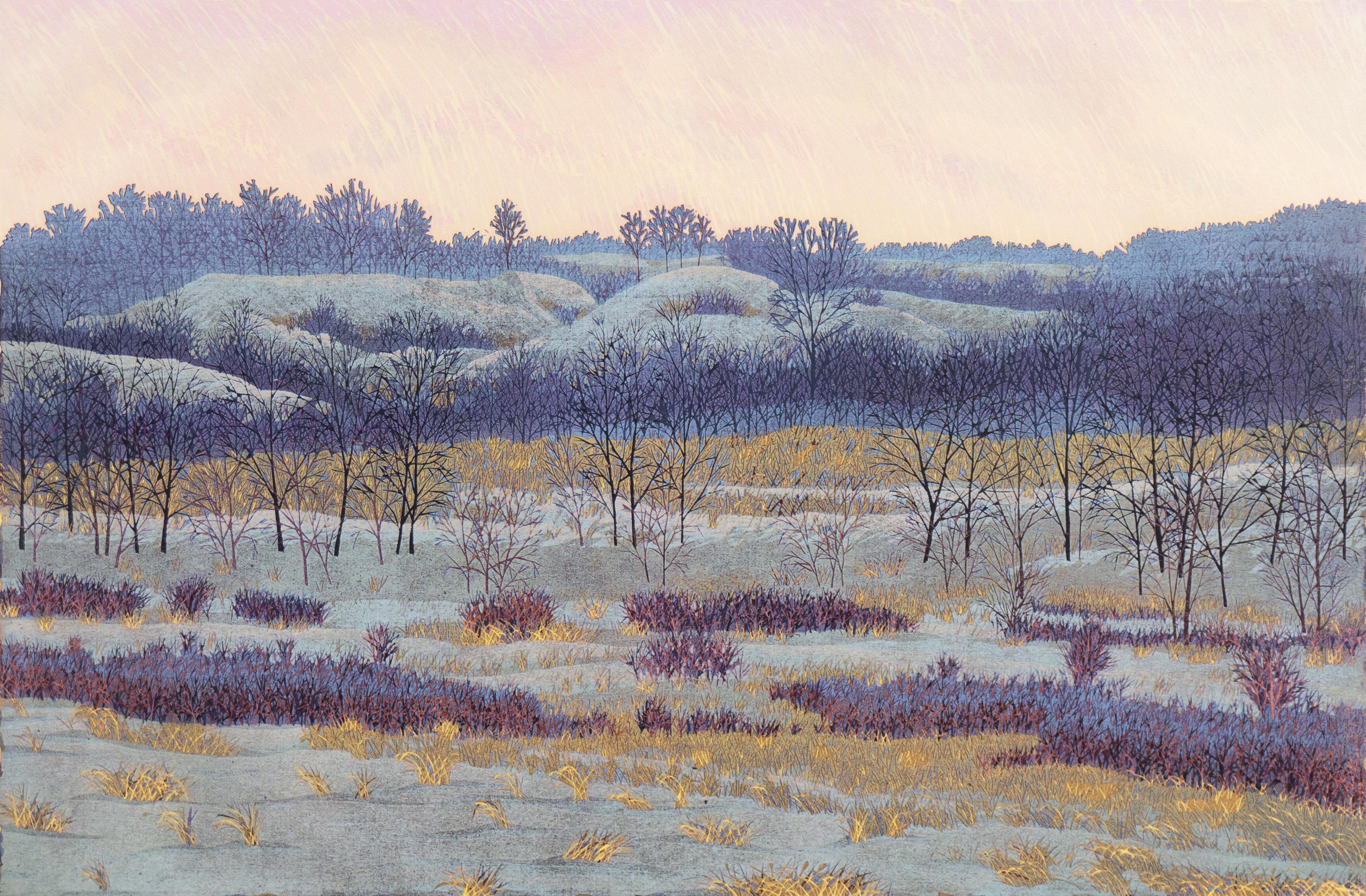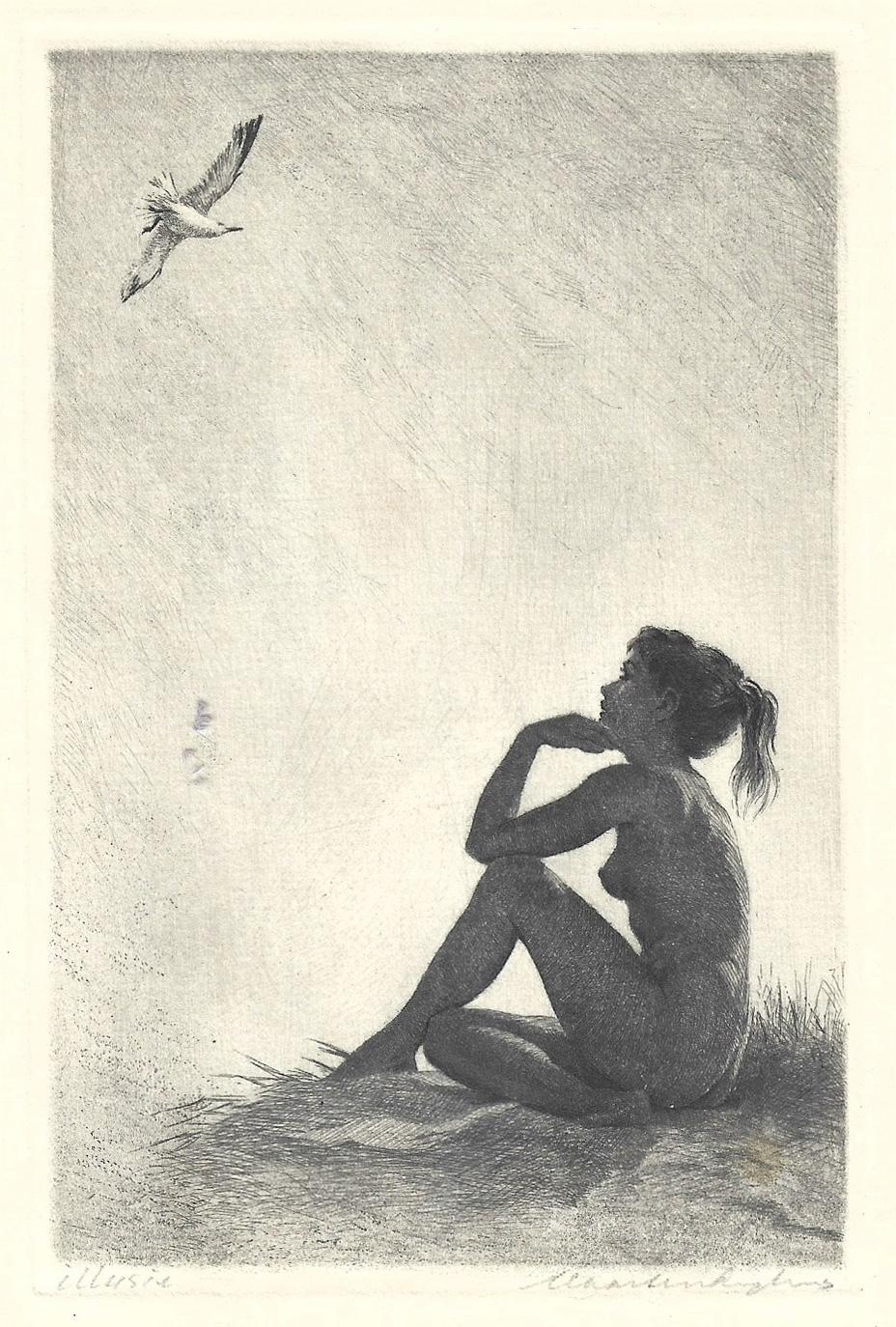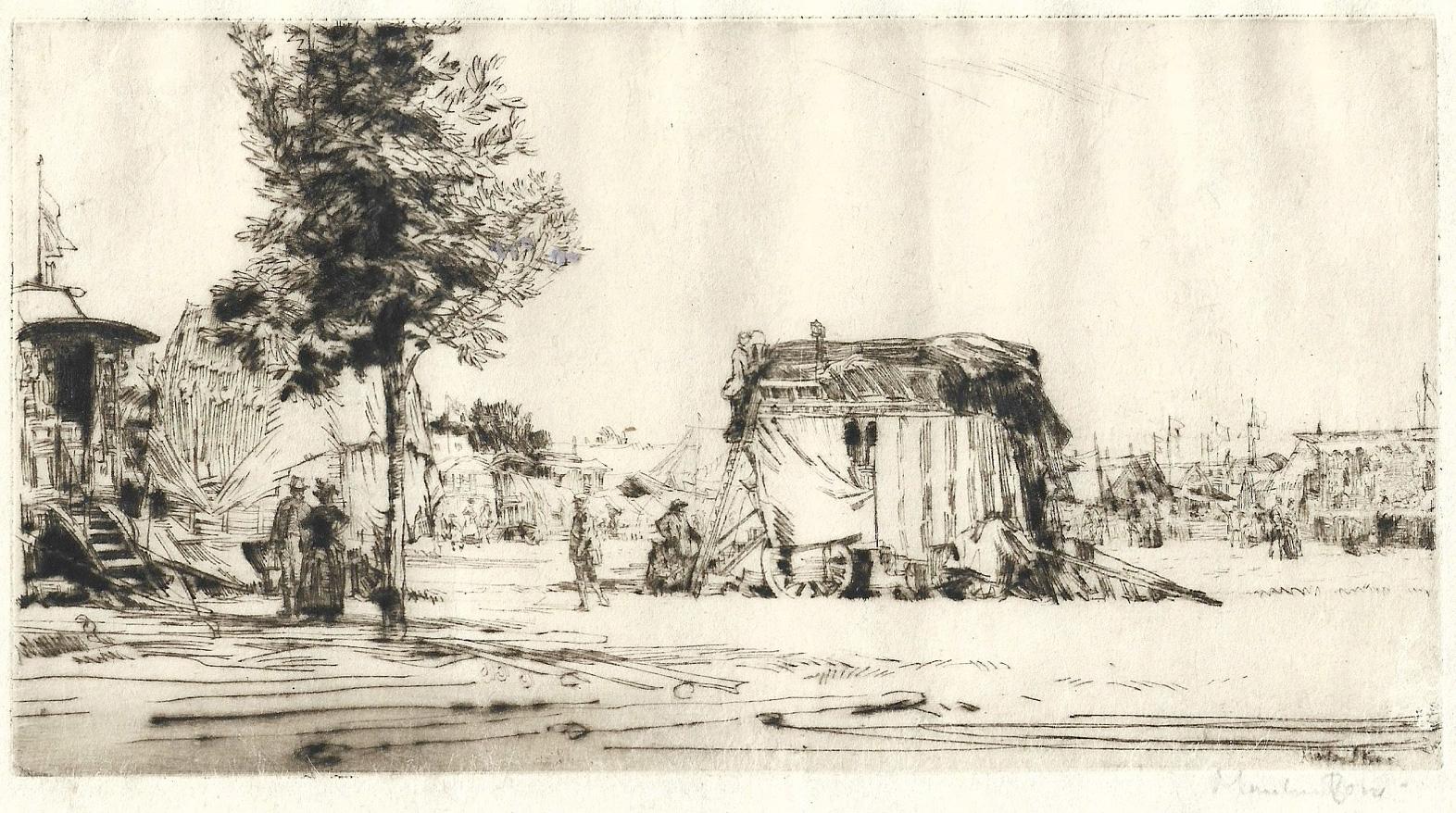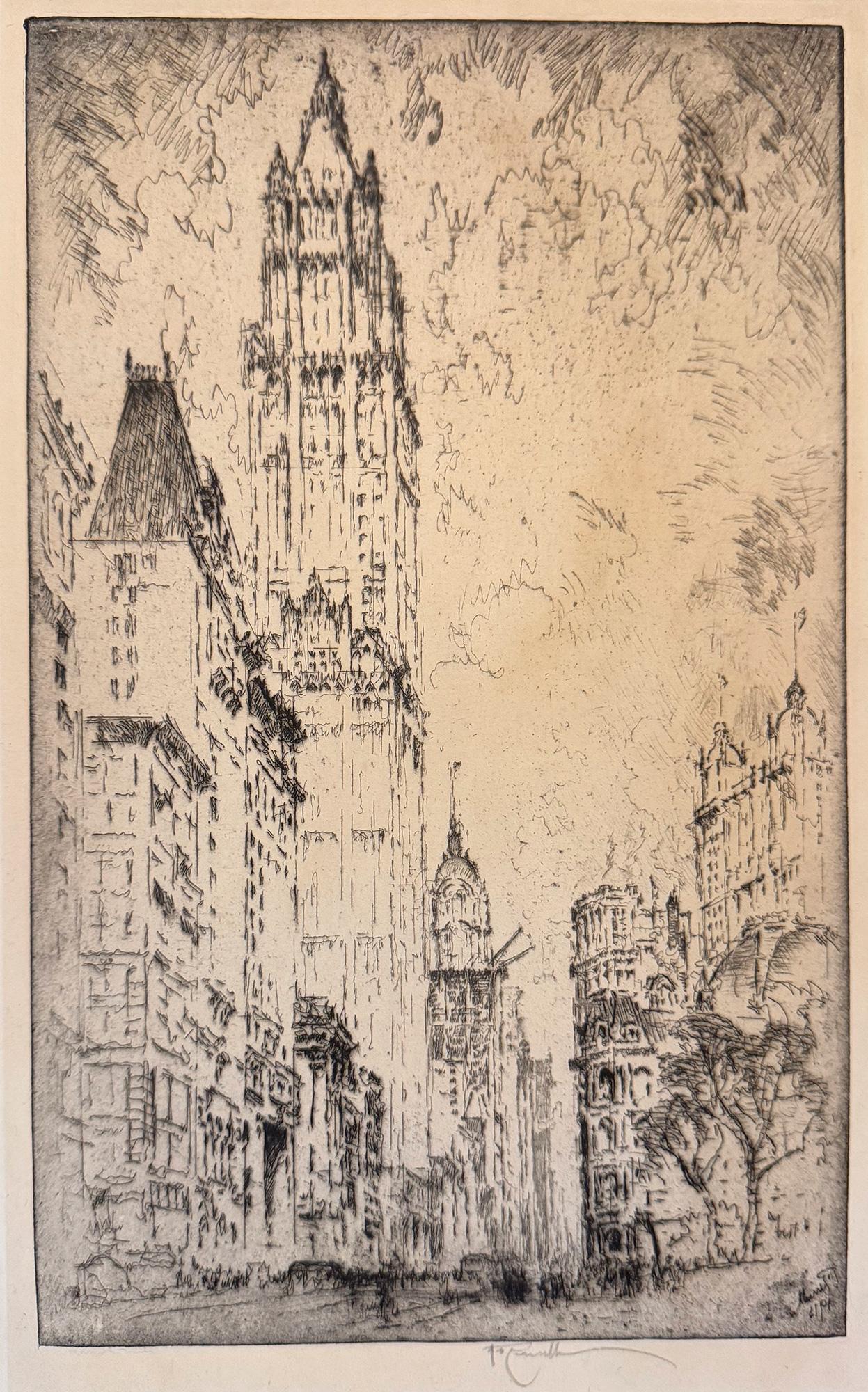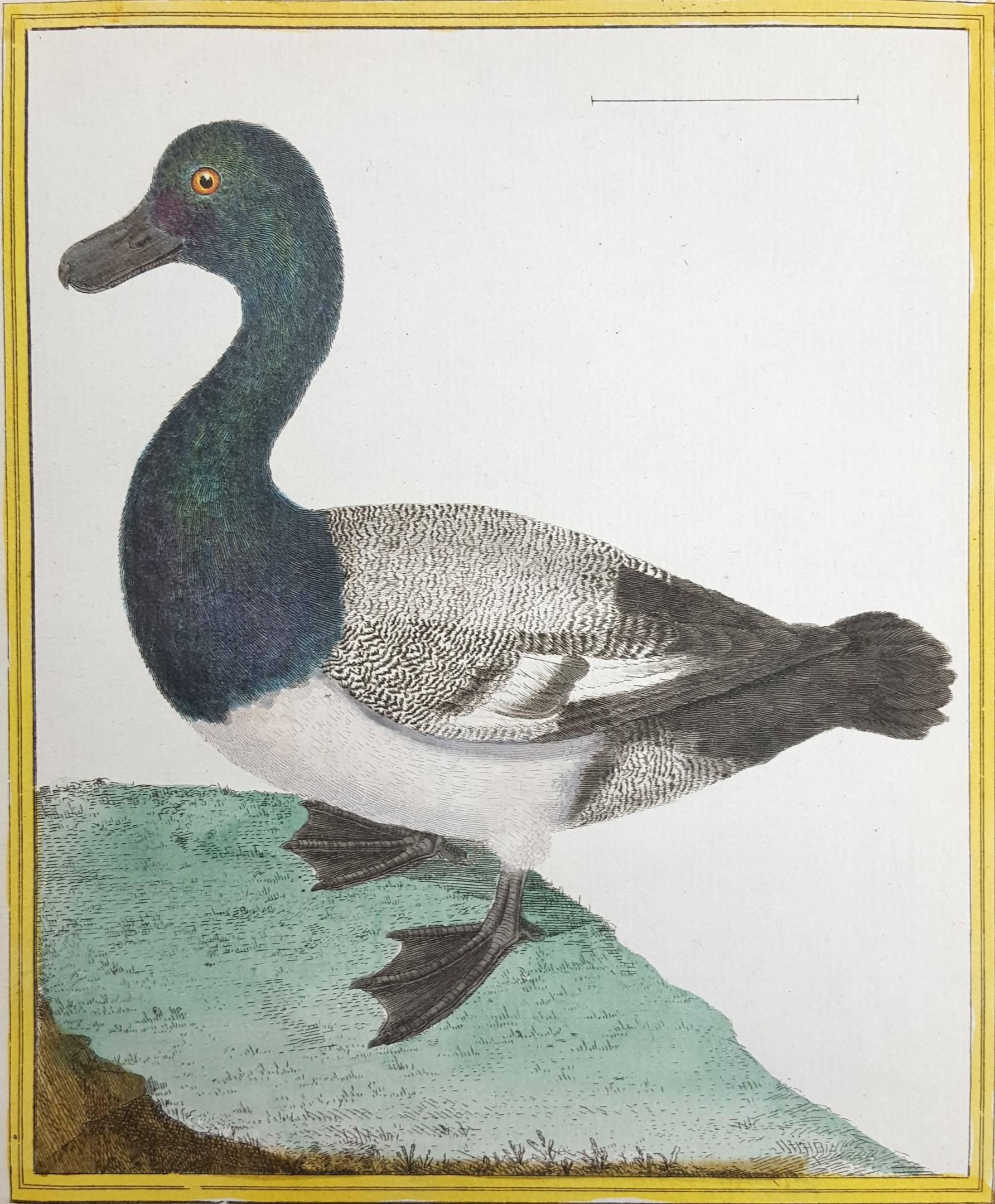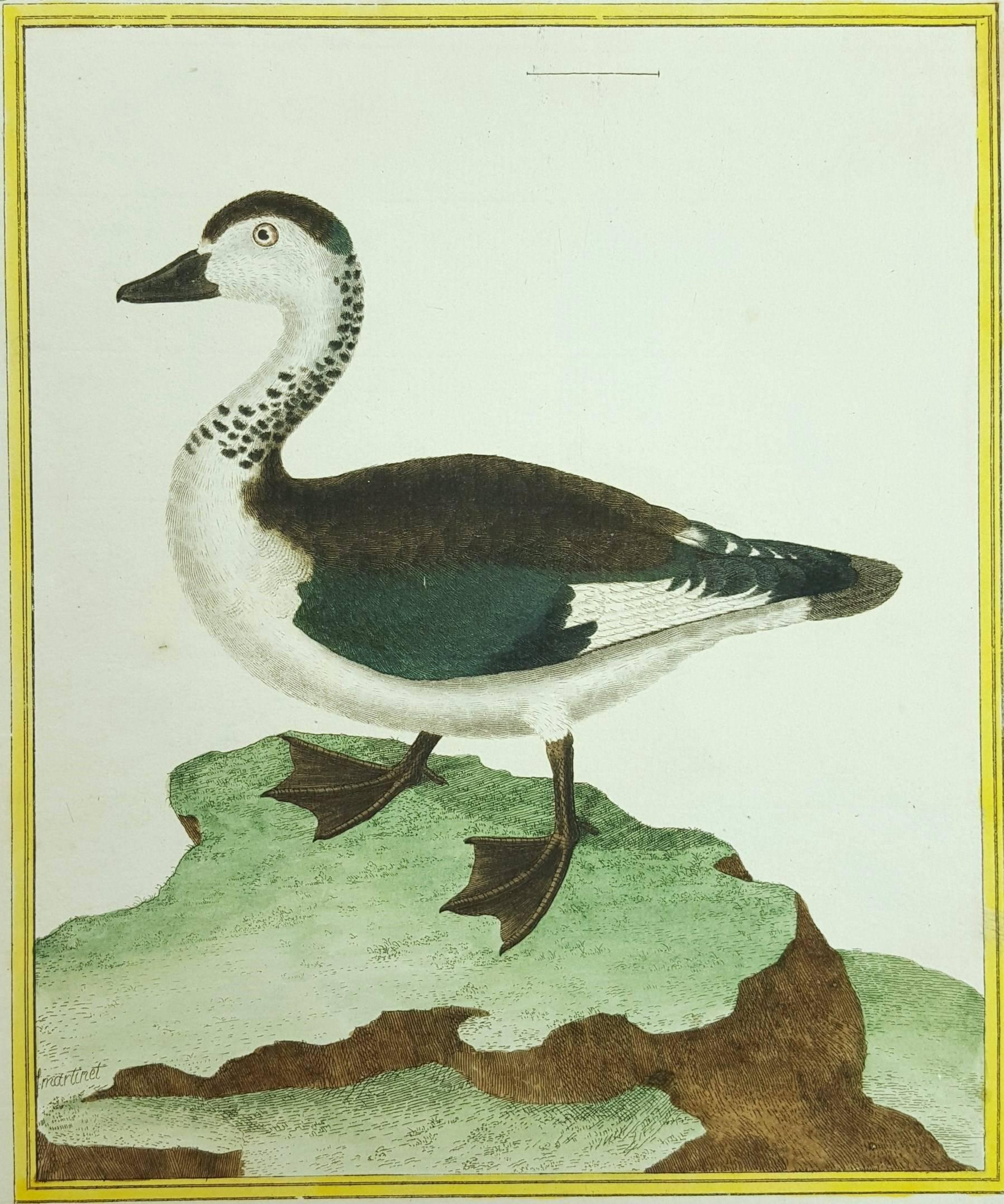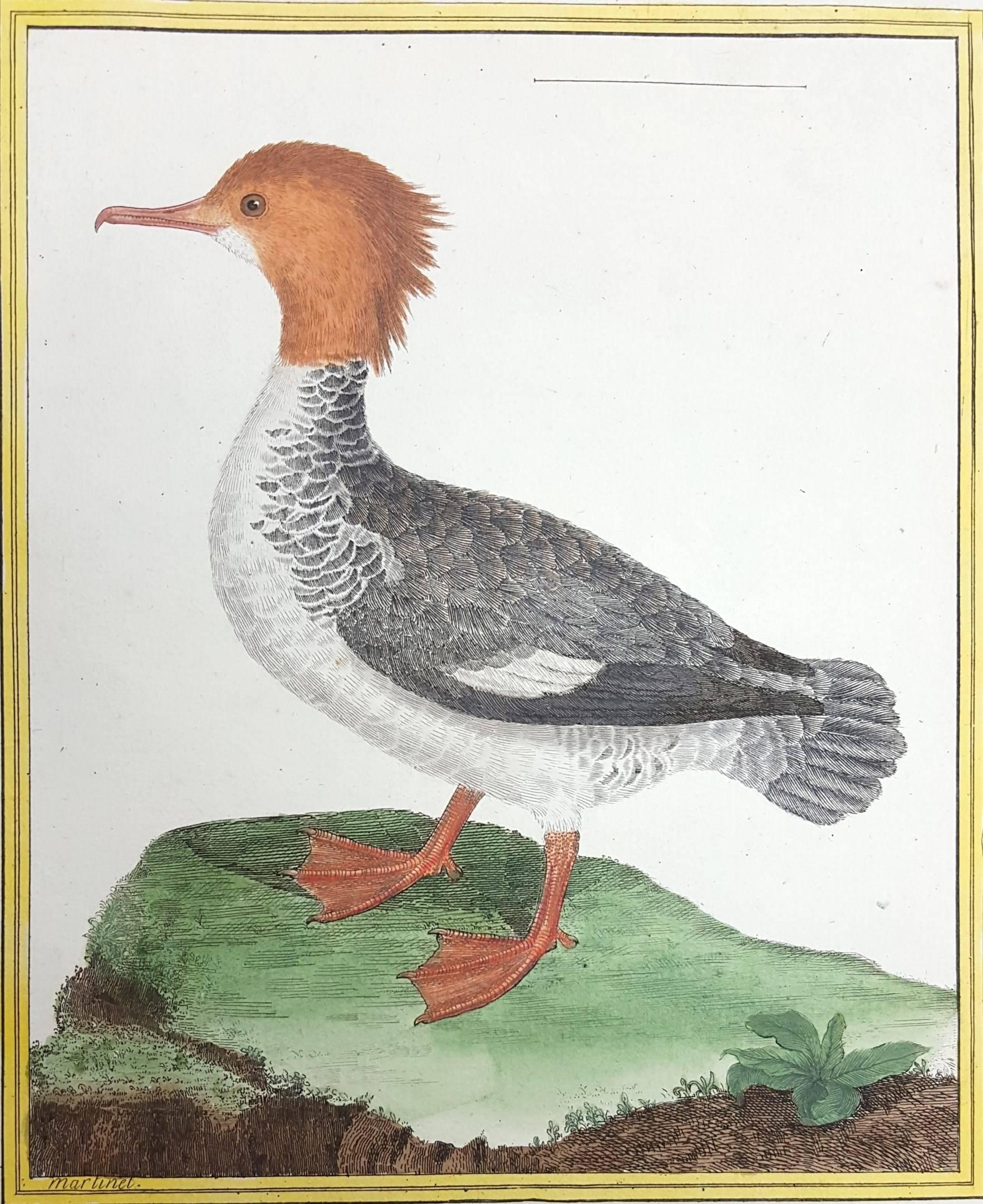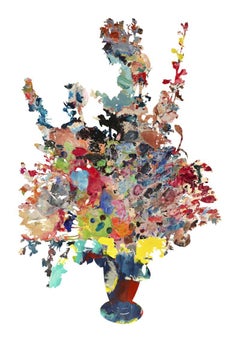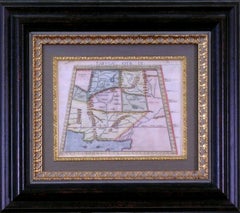
Map Tabula Asiae IX Pakistan Afghanistan Iran Indian Ocean
View Similar Items
1 of 7
Girolamo RuscelliMap Tabula Asiae IX Pakistan Afghanistan Iran Indian Ocean1561
1561
$525List Price
About the Item
- Creator:Girolamo Ruscelli (1504 - 1566)
- Creation Year:1561
- Dimensions:Height: 16.75 in (42.55 cm)Width: 19 in (48.26 cm)Depth: 2 in (5.08 cm)
- Medium:
- Movement & Style:
- Period:
- Condition:Framed to museum specifications using archival materials: acid-free matting, backing, and hinging. Glazed with ultra-violet filtering Plexiglas. Beautiful original 16th Century engraving. Full margins. Hand-colored.
- Gallery Location:Florham Park, NJ
- Reference Number:Seller: 10-17-191stDibs: LU6525142192
Authenticity Guarantee
In the unlikely event there’s an issue with an item’s authenticity, contact us within 1 year for a full refund. DetailsMoney-Back Guarantee
If your item is not as described, is damaged in transit, or does not arrive, contact us within 7 days for a full refund. Details24-Hour Cancellation
You have a 24-hour grace period in which to reconsider your purchase, with no questions asked.Vetted Professional Sellers
Our world-class sellers must adhere to strict standards for service and quality, maintaining the integrity of our listings.Price-Match Guarantee
If you find that a seller listed the same item for a lower price elsewhere, we’ll match it.Trusted Global Delivery
Our best-in-class carrier network provides specialized shipping options worldwide, including custom delivery.You May Also Like
Color-Blast Bouquet
By Dionisios Fragias
Located in New York, NY
Dionisios Fragias is a New York -based artist born on the Greek island of Kefalonia and raised in New York City. He is the protege of the artist Jeff Koons whose years-long mentorshi...
Category
2010s Abstract Abstract Prints
Materials
Archival Tape, Archival Ink, Archival Paper, Color, Archival Pigment
Price Upon Request
'A Winter's Evening' Wood Engraving, Smithsonian, Carnegie, Brooklyn Museum, AIC
Located in Santa Cruz, CA
Signed lower right, 'G. Mortensen' for Gordon Mortensen (American, born 1938) and dated 1979. Titled lower left, 'A Winter Afternoon' with number and ...
Category
1970s Realist Landscape Prints
Materials
Mulberry Paper, Engraving
Illusie
Located in Middletown, NY
Circa 1960. Etching and engraving on cream laid paper, 5 3/4 x 4 inches (141 x 102 mm), margins. Scattered light areas of spotty discoloration in the margins, minor mat tone. Four mi...
Category
Mid-20th Century Realist Nude Prints
Materials
Handmade Paper, Engraving, Etching
Cambridge Midsummer Fair
By Sir Muirhead Bone
Located in Middletown, NY
A peaceful image by Britian's first official war artist.
Drypoint printed in brownish black ink on fibrous, laid Japon paper, 3 3/8 x 6 5/16 inches (85 x 161 mm), full margins. Sign...
Category
Early 20th Century Realist Landscape Prints
Materials
Handmade Paper, Drypoint
Woolworth Building, New York
By Paul Schumann
Located in Middletown, NY
A rich and tonal image of an icon of Manhattan architecture.
Etching with drypoint, 11 7/8 x 7 3/8 inches (300 x 186 mm), full margins. Edition of 100. Signed in pencil, lower right...
Category
Early 20th Century Realist Landscape Prints
Materials
Handmade Paper, Drypoint, Etching
The Punt
By Rosamond Tudor
Located in Middletown, NY
A dynamic football image from the 1920s by a female artist known for her sports scenes.
Etching with drypoint on exceptionally fine laid Japon paper with a double watermark, 10 7/8 ...
Category
Early 20th Century Realist Landscape Prints
Materials
Handmade Paper, Drypoint, Etching
